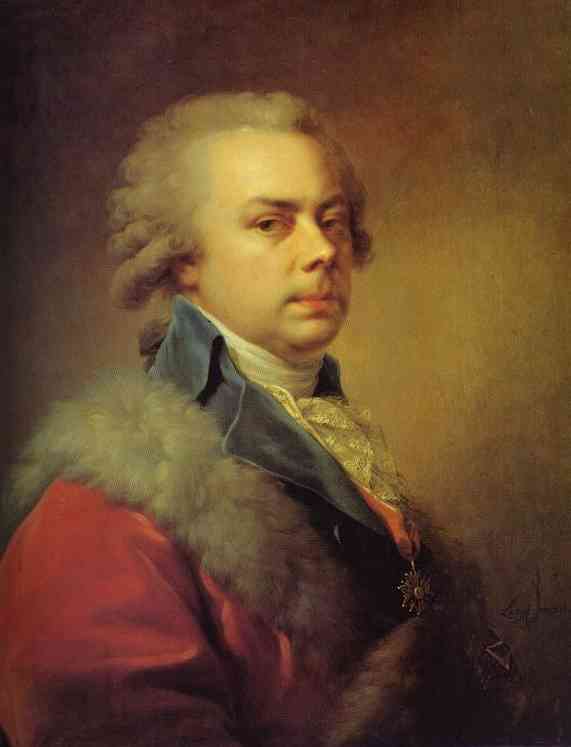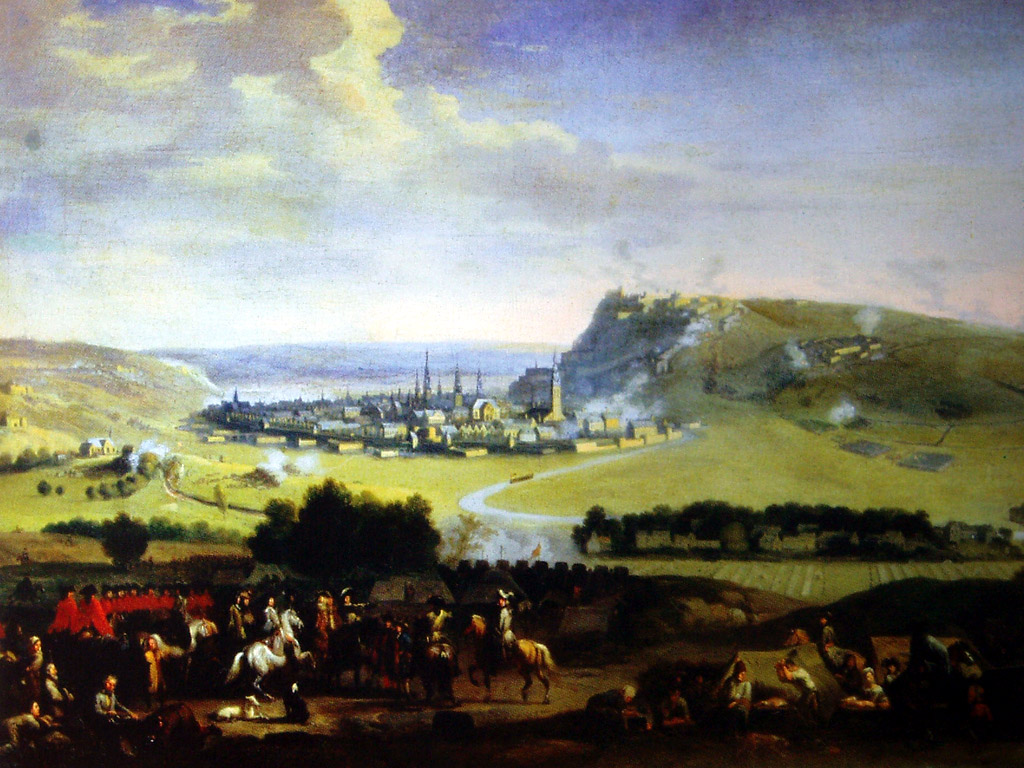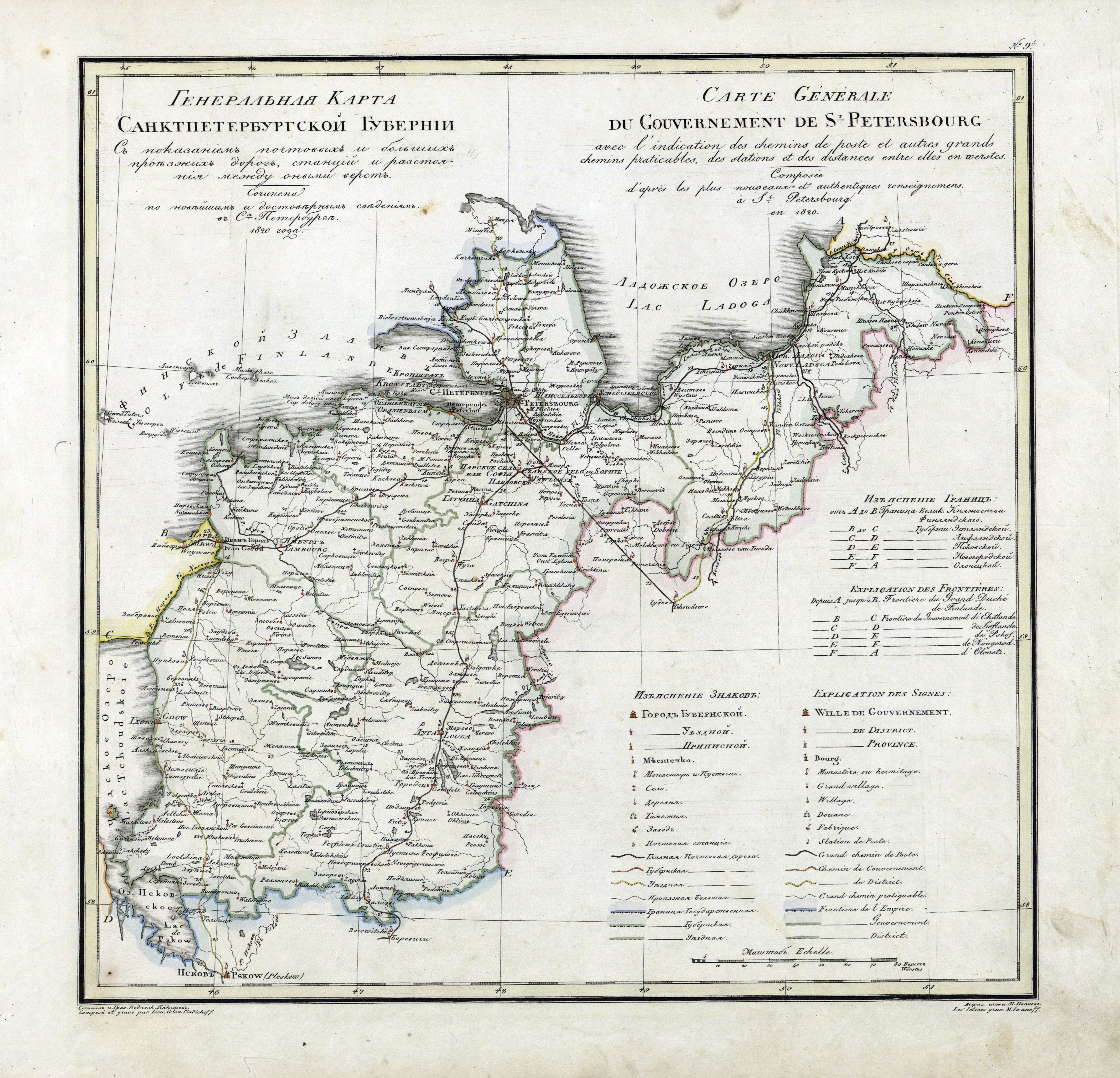|
Boris Grigoryevich Yusupov
Prince Boris Grigoryevich Yusupov (Russian : Борис Григорьевич Юсупов; 1695–1759) was a Russian nobleman and politician. Life From the house of Yusupov, a Russian noble family descended from 10th-century khan (title), khans, he was elected a senator and became governor general of Moscow and St Petersburg. His parents were Grigory Dmitriyevich Yusupov (1676–1730), friend and minister of war to Peter I of Russia, and his wife Anna Nikitchna Akinfova, daughter of an okolnichy (noble rank below that of boyar). He was the great-great-grandfather of prince Felix Yusupov. At age 20, Boris was sent to study in the French navy. He became a chamberlain (office), chamberlain in 1730, governor general of Moscow in 1738 and a senator from 18 June 1695 to 3 March 1759. Under Elizabeth I of Russia he was put in control of the Russian imperial schools and in 1749 was made St Petersburg Governorate, governor of St Petersburg. Marriage and issue He married Irina Mikhaïl ... [...More Info...] [...Related Items...] OR: [Wikipedia] [Google] [Baidu] |
Peter Von Biron
Peter von Biron (15 February 1724 – 13 January 1800) was the last duke of Courland and Semigallia from 1769 to 1795, when it was annexed by the Russian Empire. Life and reign Peter was born in Jelgava () as the oldest son of Ernst Johann von Biron, future Duke of Courland, and his wife Benigna von Trotha. From 1730 until 1740, he and his family lived in Moscow and St. Petersburg, where his father was a lover and favorite of Anna of Russia. When he was 16 years old, he was forced to follow his family into their exile, first to Tobolsk Governorate in Siberia, then from 1742 until 1762 in Yaroslavl. In 1765, he married Princess Caroline of Waldeck and Pyrmont, but the union produced only one son, who was stillborn, in 1766. In 1769, he was given the Duchy of Courland and Semigallia by his father. However, he had acted as ''de facto'' duke for several years already. In 1770, he gave an oath to the Courland Knighthood. He was also elected a Fellow of the Royal Society in ... [...More Info...] [...Related Items...] OR: [Wikipedia] [Google] [Baidu] |
Burials At Lazarevskoe Cemetery (Saint Petersburg)
Burial, also known as interment or inhumation, is a method of final disposition whereby a dead body is placed into the ground, sometimes with objects. This is usually accomplished by excavating a pit or trench, placing the deceased and objects in it, and covering it over. A funeral is a ceremony that accompanies the final disposition. Evidence suggests that some archaic and early modern humans buried their dead. Burial is often seen as indicating respect for the dead. It has been used to prevent the odor of decay, to give family members closure and prevent them from witnessing the decomposition of their loved ones, and in many cultures it has been seen as a necessary step for the deceased to enter the afterlife or to give back to the cycle of life. Methods of burial may be heavily ritualized and can include natural burial (sometimes called "green burial"); embalming or mummification; and the use of containers for the dead, such as shrouds, coffins, grave liners, and burial ... [...More Info...] [...Related Items...] OR: [Wikipedia] [Google] [Baidu] |
House Of Yusupov
The House of Yusupov () was a Russian Empire, Russian Knyaz, princely family descended from the monarchs of the Nogai Horde, renowned for their immense wealth, philanthropy and art collections in the 18th and 19th centuries. Most notably, Prince Felix Yusupov was famous for his involvement in the murder of Grigori Rasputin. Early history In the 14th century, Edigu, a Mongol from the Manghud tribe and one of Tamerlane's greatest strategists, settled on the north shores of the Black Sea, establishing the Nogai Horde and laying the foundations for the Crimean Khanate. Edigu's death was followed by infighting between his descendants, until, in the 15th century, Yusuf became the khan of the Nogai Horde. Yusuf allied himself with Tsar Ivan the Terrible, but the allies eventually became enemies. Yusuf's daughter Söyembikä of Kazan, Söyembikä was Queen of Kazan, and when Kazan was razed by Ivan, she was taken as prisoner to Moscow. After Yusuf died, another period of fighting betwee ... [...More Info...] [...Related Items...] OR: [Wikipedia] [Google] [Baidu] |
1759 Deaths
In Great Britain, this year was known as the ''Annus Mirabilis'', because of British victories in the Seven Years' War. Events January–March * January 6 – George Washington marries Martha Dandridge Custis. * January 11 – In Philadelphia, the first American life insurance company is incorporated. * January 13 – Távora affair: The Távora family is executed, following accusations of the attempted regicide of Joseph I of Portugal. * January 15 ** The British Museum opens at Montagu House in London after six years of development. **Voltaire's satire ''Candide'' is published simultaneously in five countries. * January 27 – Battle of Río Bueno: Spanish forces, led by Juan Antonio Garretón, defeat indigenous Huilliches of southern Chile. * February 12 – Ali II ibn Hussein becomes the new Ruler of Tunisia upon the death of his brother, Muhammad I ar-Rashid. Ali reigns for 23 years until his death in 1782. * February 16 – The ... [...More Info...] [...Related Items...] OR: [Wikipedia] [Google] [Baidu] |
1695 Births
Events January–March * January 7 (December 28, 1694 O.S.) – The United Kingdom's last joint monarchy, the reign of husband-and-wife William III of England, King William III and Mary II of England, Queen Mary II comes to an end with the death of Queen Mary, at the age of 32. Princess Mary had been installed as the monarch along with her husband and cousin, Willem Hendrik von Oranje, Stadtholder of the Dutch Republic, in 1689 after James II of England, King James II was deposed by Willem during the "Glorious Revolution". * January 14 (January 4 O.S.) – The Royal Navy warship HMS Nonsuch (1668), HMS ''Nonsuch'' is captured near England's Isles of Scilly by the 48-gun French privateer ''Le Francois''. ''Nonsuch'' is then sold to the French Navy and renamed ''Le Sans Pareil''. * January 24 – Milan's Royal Palace of Milan#17th and 18th centuries, Court Theater is destroyed in a fire. * January 27 – A flotilla of six Royal Navy warships under the command of Commodo ... [...More Info...] [...Related Items...] OR: [Wikipedia] [Google] [Baidu] |
Grigori Potemkin
Prince Grigory Aleksandrovich Potemkin-Tauricheski (A number of dates as late as 1742 have been found on record; the veracity of any one is unlikely to be proved. This is his "official" birth-date as given on his tombstone.) was a Russian military leader, statesman, nobleman, and favourite of Catherine the Great. He died during negotiations over the Treaty of Jassy, which ended a war with the Ottoman Empire that he had overseen. Potemkin was born into a family of middle-income landowners of Russian nobility. He first attracted Catherine's favor for helping in her 1762 coup, then distinguished himself as a military commander in the Russo-Turkish War (1768–1774). He became Catherine's lover, favorite and possibly her consort. After their passion cooled, he remained her lifelong friend and favored statesman. Catherine obtained for him the title of Prince of the Holy Roman Empire and gave him the title of Prince of the Russian Empire among many others: he was both a Grand Admi ... [...More Info...] [...Related Items...] OR: [Wikipedia] [Google] [Baidu] |
Nikolay Yusupov
Prince Nikolai Borisovich Yusupov (; – 15 July 1831) was a Russian nobleman and art collector of the House of Yusupov. Biography He was the fifth child and only surviving son of Prince Boris Grigoryevich Yusupov (1695-1759). He served as a senator (from 1788), diplomat (from 1783 to 1789), Actual Civil Councillor (from 1796), Minister of State Properties (1800–16), a member of the Council of State (from 1823) and Director of Imperial Theatres (1791-1796) under a series of sovereigns, including Catherine the Great, Paul I and Alexander I. He later also served as director of the Hermitage (in 1797), the Kremlin Armoury (date unknown) and the state porcelain and glass factories (c.1792). A patron of the arts and a keen traveller, he spoke five languages and corresponded with Voltaire. As a diplomat, Prince Nikolai travelled throughout Europe, to France and Versailles, where he met Louis XVI and Marie Antoinette, to Germany and Prussia, where he met Frederick the Great, to Aus ... [...More Info...] [...Related Items...] OR: [Wikipedia] [Google] [Baidu] |
Duchy Of Courland And Semigallia
The Duchy of Courland and Semigallia was a duchy in the Baltic states, Baltic region, then known as Livonia, that existed from 1561 to 1569 as a nominal vassal state of the Grand Duchy of Lithuania and subsequently made part of the Crown of the Polish Kingdom from 1569 to 1726 and incorporated into the Polish–Lithuanian Commonwealth in 1726. On October 24, 1795, it was annexed by the Russian Empire in the Third Partition of Poland. There was also a Duchy of Courland and Semigallia (1918), short-lived wartime state with the same name that existed from March 8 to September 22, 1918. Plans for it to become part of the United Baltic Duchy, subject to the German Empire, were thwarted by Germany's surrender of the Baltic region at the end of the First World War. The area became a part of Latvia at the end of World War I. History In 1561, during the Livonian Wars, the Livonian Confederation was dismantled and the Livonian Order was disbanded. On the basis of the Treaty of Vilnius ... [...More Info...] [...Related Items...] OR: [Wikipedia] [Google] [Baidu] |
Yevdokiya Yusupova
Princess Yevdokiya Borisovna Yusupova (; May 5 (NS: May 16) 1743, Moscow – July 19 (NS: July 8) 1780, Saint Petersburg), was a Duchess consort of Courland. She married the Duke of Courland, Peter von Biron, on March 6, 1774, in Mitau. She had no issue. Biography Yevdokiya Yusupova was the eldest daughter of Prince Boris Grigoryevich Yusupov and Irina Mikhaylovna Zinovyeva. The marriage was arranged by empress Catherine II of Russia to secure a good relationship between Russia and Courland. Courland Duke Peter was described as wild, and Yevdokiya Yusupova was regarded as a beauty with spiritual qualities. She became popular among the nobility in Courland and did succeed in her task to recruit Pro-Russians among the Courland nobility. Initially, she also managed to wield some influence over Duke Peter.Юсупова, Евдокия Борисовна // Русский биографический словарь : в 25 томах. — СПб.—М., 1896—1918. The relationsh ... [...More Info...] [...Related Items...] OR: [Wikipedia] [Google] [Baidu] |
House Of Yusupov
The House of Yusupov () was a Russian Empire, Russian Knyaz, princely family descended from the monarchs of the Nogai Horde, renowned for their immense wealth, philanthropy and art collections in the 18th and 19th centuries. Most notably, Prince Felix Yusupov was famous for his involvement in the murder of Grigori Rasputin. Early history In the 14th century, Edigu, a Mongol from the Manghud tribe and one of Tamerlane's greatest strategists, settled on the north shores of the Black Sea, establishing the Nogai Horde and laying the foundations for the Crimean Khanate. Edigu's death was followed by infighting between his descendants, until, in the 15th century, Yusuf became the khan of the Nogai Horde. Yusuf allied himself with Tsar Ivan the Terrible, but the allies eventually became enemies. Yusuf's daughter Söyembikä of Kazan, Söyembikä was Queen of Kazan, and when Kazan was razed by Ivan, she was taken as prisoner to Moscow. After Yusuf died, another period of fighting betwee ... [...More Info...] [...Related Items...] OR: [Wikipedia] [Google] [Baidu] |
St Petersburg Governorate
Saint Petersburg Governorate was a province ('' guberniya'') of the Russian Empire, with its capital in Saint Petersburg. The governorate was composed of of area and 2,112,033 inhabitants. It was bordered by Estonian and Livonian Governorates to the west, Pskov Governorate to the south, Novgorod Governorate to the east, Olonets Governorate to the northeast, and Vyborg Governorate of the Grand Duchy of Finland to the north. The governorate covered most of the areas of modern Leningrad Oblast and Ida-Viru, Jõgeva, Tartu, Põlva, and Võru counties of Estonia. Establishment Ingermanland Governorate (, ''Ingermanlandskaya guberniya'') was created from the territories reconquered from the Swedish Empire in the Great Northern War. In 1704 prince Alexander Menshikov was appointed as its first governor, and in 1706 it was first Russian region designated as a ''Governorate''. According to the Tsar Peter the Great's edict as on , 1708, [...More Info...] [...Related Items...] OR: [Wikipedia] [Google] [Baidu] |








